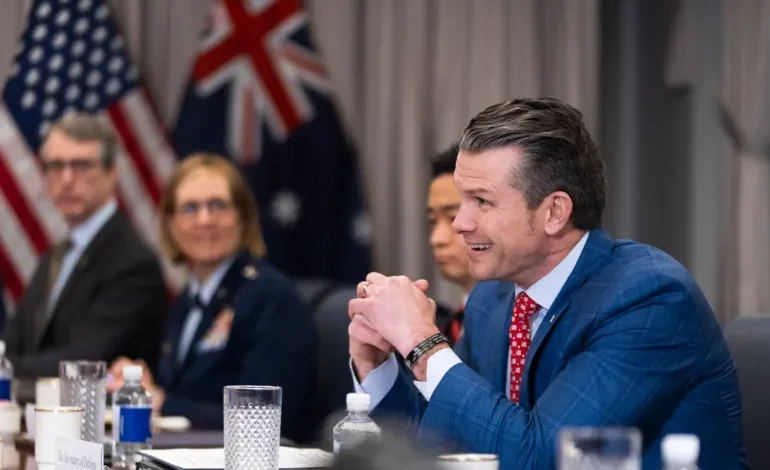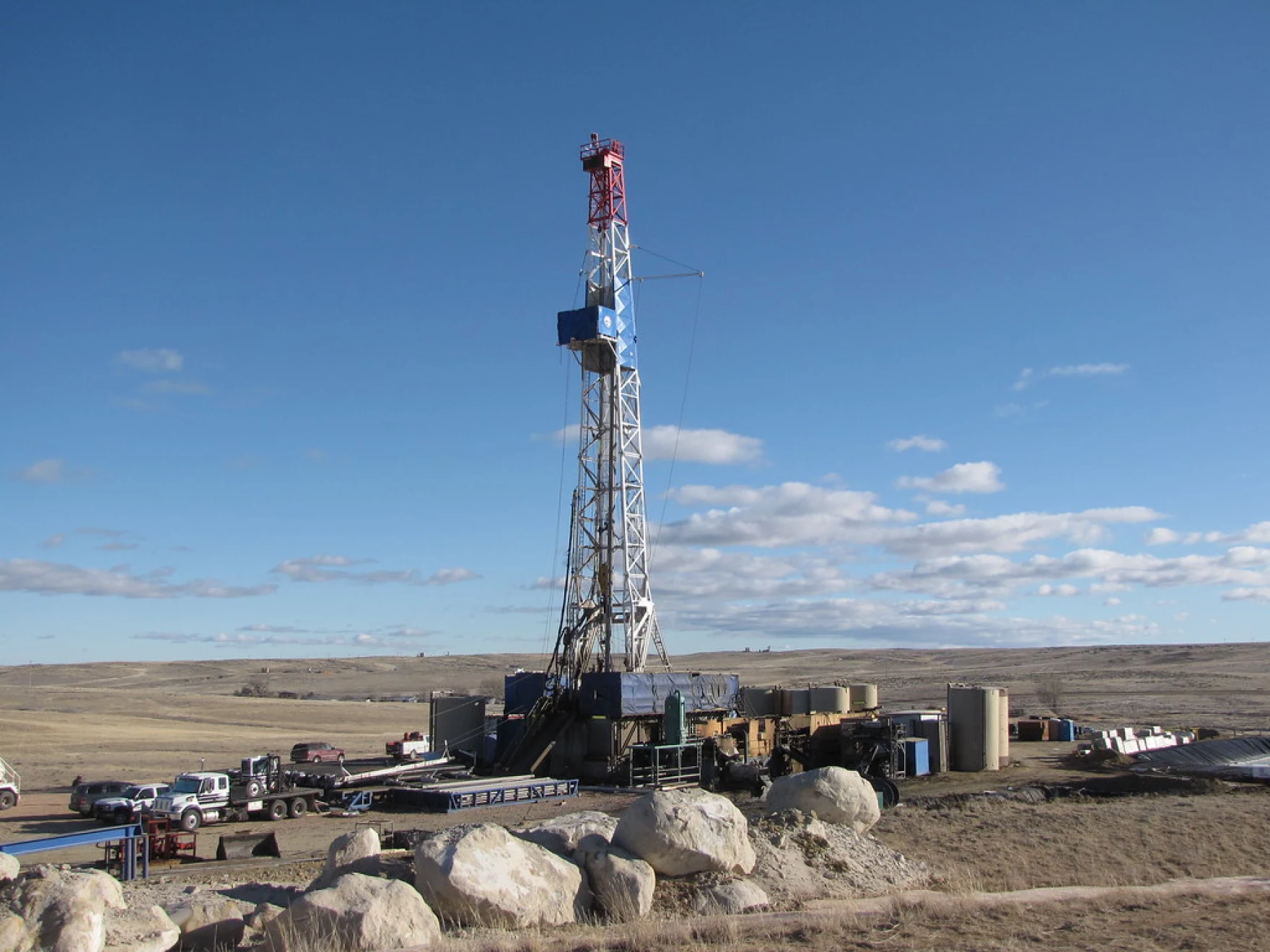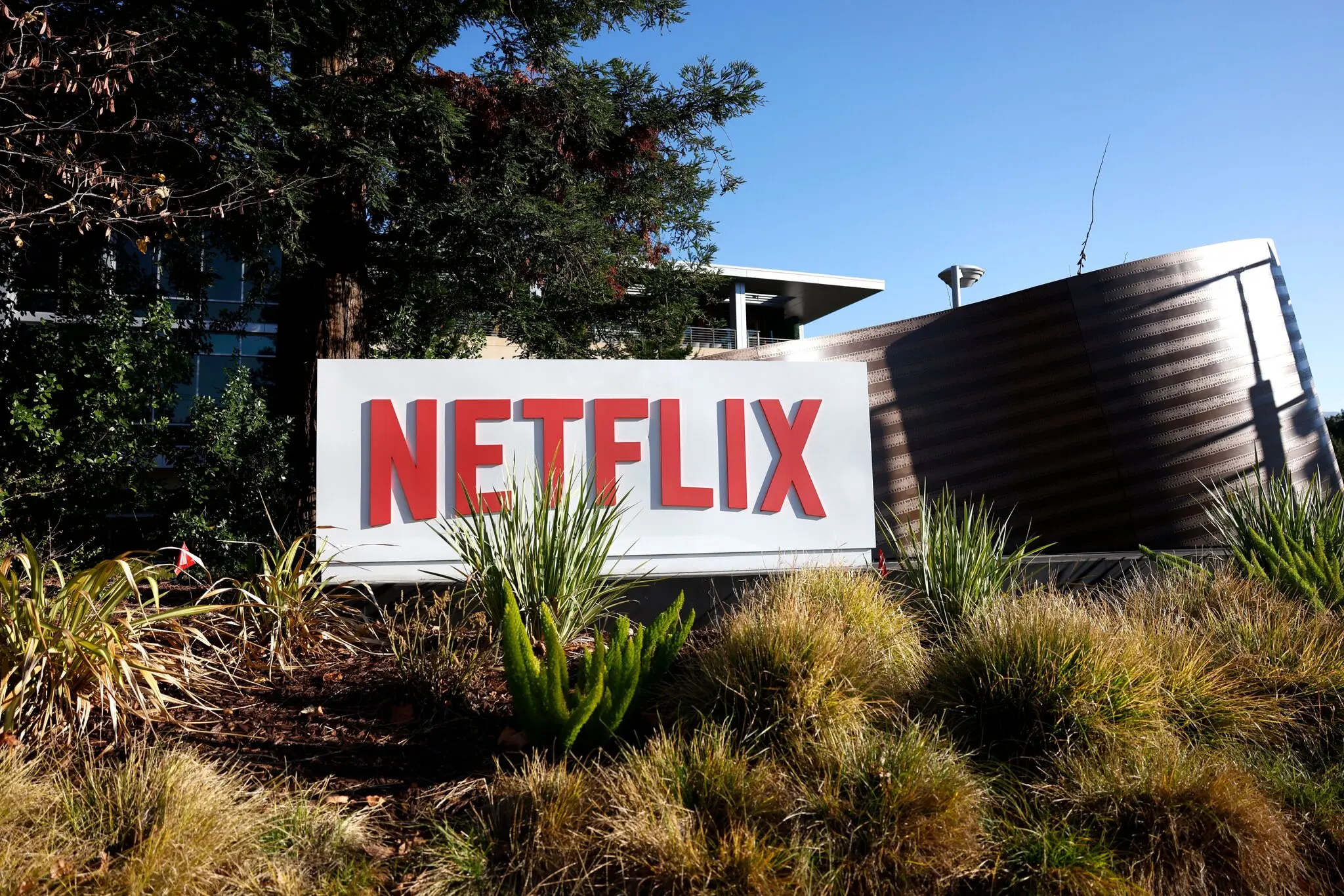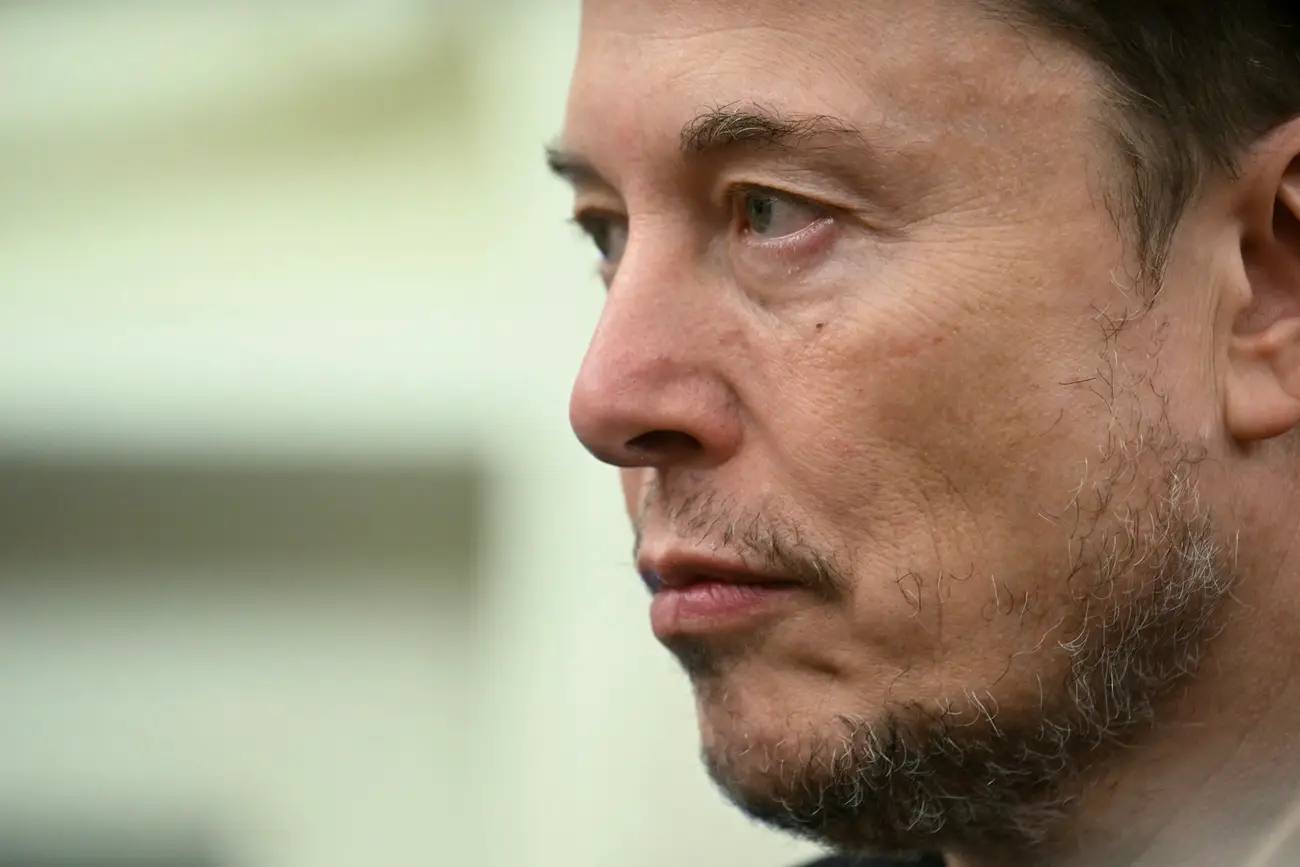US Urges Australia to Boost Military Spending Amid Regional Tensions, But Canberra Pushes Back

U.S. Defense Secretary Peter Hegseth has called on Australia to significantly increase its military spending to 3.5 percent of GDP “as soon as possible,” amid growing security concerns in the Asia-Pacific and rising tensions over Taiwan.
But Australian Prime Minister Anthony Albanese pushed back on Monday, stating that Canberra will decide its defence priorities based on national capability needs — not foreign pressure.
“What you should do in defence is decide what you need, your capability, and then provide for it,” Albanese told reporters. “That’s what my government is doing. Investing in our capability and investing in our relationships.”
Albanese emphasized that Australia is already increasing its defence budget, with plans to raise spending to 2.3 percent of GDP by 2033, amounting to an additional AU$10 billion (US$6.5bn) in the near term.
However, the prime minister acknowledged Australia is facing budgetary pressures, including costly natural disasters. The nation is grappling with billions of dollars in damages following devastating floods in New South Wales and Cyclone Alfred, while regions like South Australia battle drought conditions.
Public broadcaster ABC estimated that raising defence spending to 3.5 percent of GDP — as proposed by Hegseth — would cost an estimated AU$100 billion (US$65bn) annually, a AU$40 billion (US$25bn) increase over current levels.
Matt Grudnoff, senior economist at The Australia Institute, argued the demand is excessive. “Australia already spends more than it should,” he said, warning that hitting even the 2.3 percent target would make Australia one of the world’s top 10 military spenders — on par with the UK and outpacing France and Taiwan.
Hegseth’s comments came on the sidelines of the Shangri-La Dialogue security summit in Singapore, where U.S. Secretary of State Marco Rubio issued stark warnings about China’s intentions toward Taiwan, describing the threat as “real” and “possibly imminent.”
The Chinese Ministry of Foreign Affairs responded sharply, warning the U.S. not to “play with fire” by using Taiwan to “contain China.”
Despite the geopolitical pressure, Albanese reaffirmed Australia’s longstanding bipartisan commitment to the “status quo” on Taiwan, emphasizing that Canberra’s defence strategy remains independent. “Australia will determine our defence policy,” he said.
Australia is already deeply involved in the trilateral AUKUS agreement with the U.S. and the UK, committing to a nuclear-powered submarine fleet that could cost up to AU$368 billion (US$238bn) over coming decades.
Australia’s growing defence ties with the U.S. have also drawn criticism at home, particularly over its involvement in weapons manufacturing. Protests and legal actions have targeted Australian factories and ports over allegations of supplying components used in the war on Gaza.
During talks with Australian Defence Minister Richard Marles, Hegseth also pushed for accelerated U.S. military integration and closer industrial cooperation under AUKUS. The Pentagon said the meeting focused on expanding “defence capabilities and industrial base cooperation.”
With input from Al Jazeera.








The latest news in your social feeds
Subscribe to our social media platforms to stay tuned